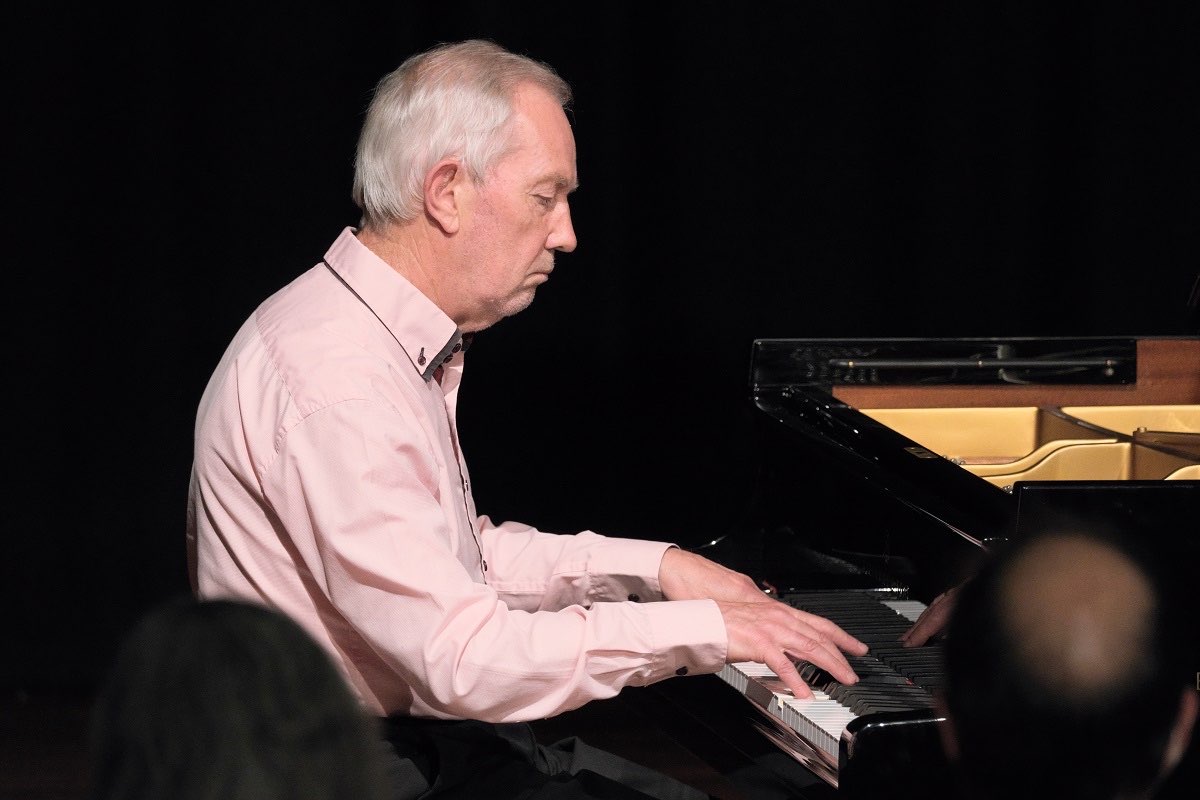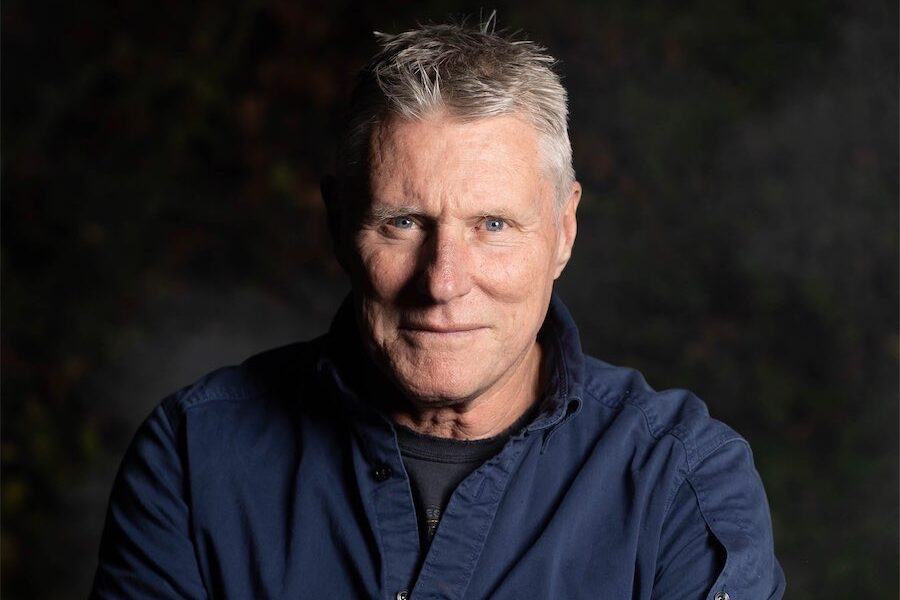
Music / “Roy Howat in Concert”, Roy Howat, piano. At The Larry Sitsky Recital Room, August 11. Reviewed by TONY MAGEE
ROY Howat is keyboard research fellow at The Royal Academy of Music in London and also research fellow at the Royal Conservatoire of Scotland.
He is one of the founding editors, along with Pierre Boulez, of the “Complete Debussy Edition”. Books he has written include those studying the music and interpretation of Chopin, Faure and Chabrier, as well as contributing chapters in numerous other publications on Schubert, Chopin, Debussy, Ravel, Bartok and others.
Howat’s research has uncovered what he considers valid, although sometimes unorthodox, ways of playing the music of these composers and his concert program reflected many of his unusual takes on the music.
Beginning with Faure’s “Barcarolle No.6, Op.70”, his playing revealed a rich sound with beautiful tone production and a slight breaking of hands, something more aligned with 19th century performance practice. It was a delightful piece.
Howat preceded each performance with a detailed explanation as to why he had chosen to play in the manner he was about to, explaining nuances of his research on performance that most listeners, including this reviewer would have been unaware of.
This was most evident in his take on Chopin, which without his spoken justification would have left some listeners in shock.
Playing 4 “Etudes” and later in the program 3 “Nouvelles Études”, all by Chopin, Howats vision of tempi were at odds with what we know by artists such as Martha Argerich and Artur Rubinstein, as well as countless others but, as he put it, “I like to bring a breath of fresh air to these works”.
He took great artistic licence with his Chopin. A few examples include about double tempo as would normally be heard with the “Etude Op.10, No.3”, an almost Fats Waller style stride bass in the “Etude Op. 25, No.4” and heavy use of the sustain pedal throughout.
Even so, his playing revealed great clarity of line, where every note counts. Nothing was blurred or dispensed with.
Another of Howat’s specialities, which came through in everything he played, was great attention to bass line melody, bringing out beauty and tone, which is sometimes not otherwise apparent in performances by others.
“4 Preludes from Book 1”, composed in 1910 by Debussy were beautifully done, showcasing great dynamics, a large palette of tonal shadings and colours, all played with a liquid technique.
Two pieces by Ravel, paying homage to Chabrier and Borodin, had almost Satie-like qualities and once again showcased Howat’s penchant for left hand melody predominance.
The program closed with three pieces by Debussy, confirming his particular enchantment with French composers. “L’isle joyeuse” was grandiose in style and also demanding technically. Howat played this well, once again demonstrating the possibilities with Debussy’s music in expression, tonal colours, dynamic range and lyrical phrasing.
As an encore, Howat, mentioning how impressed he was with the Steinway D piano, played Debussy’s “The Submerged Cathedral”. An audience favourite, he captured the opening gentle, almost mystical prelude to the piece well, before launching into a powerful musical evocation of the majesty and wonder of the image suggested in the title.
This was a concert filled with unorthodox interpretations of well known works and while I didn’t care for his vision of Chopin, it was certainly most interesting to hear the results of Howat’s years of detailed research into the interpretation of all these pieces.
Who can be trusted?
In a world of spin and confusion, there’s never been a more important time to support independent journalism in Canberra.
If you trust our work online and want to enforce the power of independent voices, I invite you to make a small contribution.
Every dollar of support is invested back into our journalism to help keep citynews.com.au strong and free.
Thank you,
Ian Meikle, editor




Leave a Reply